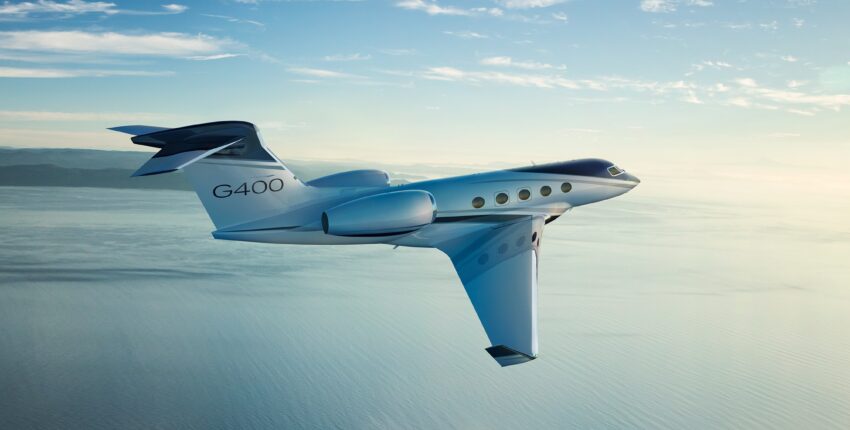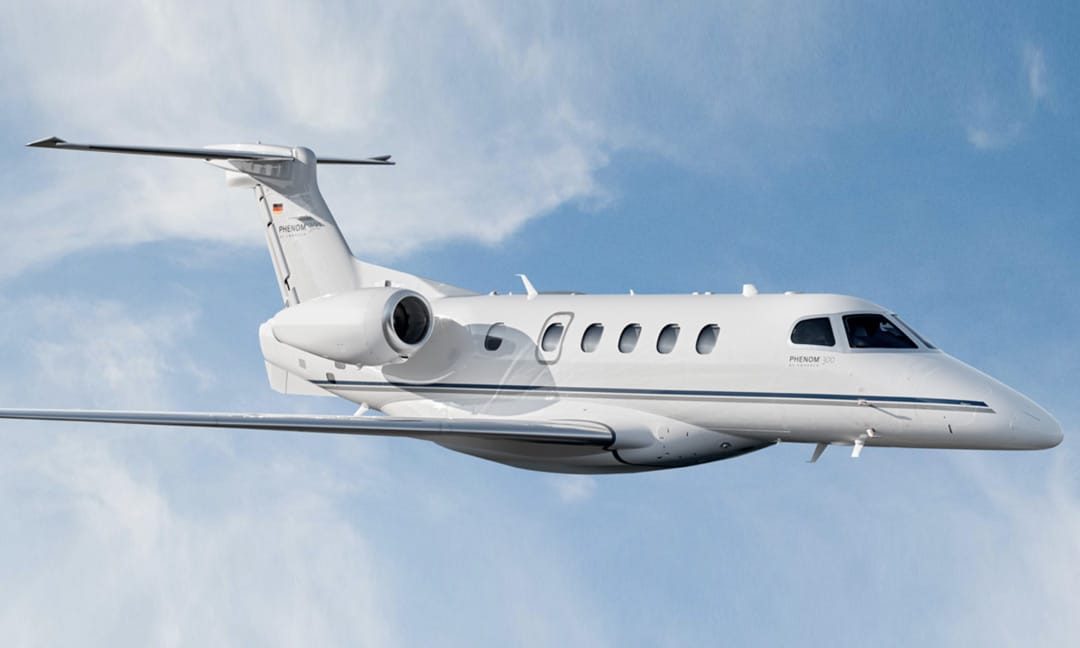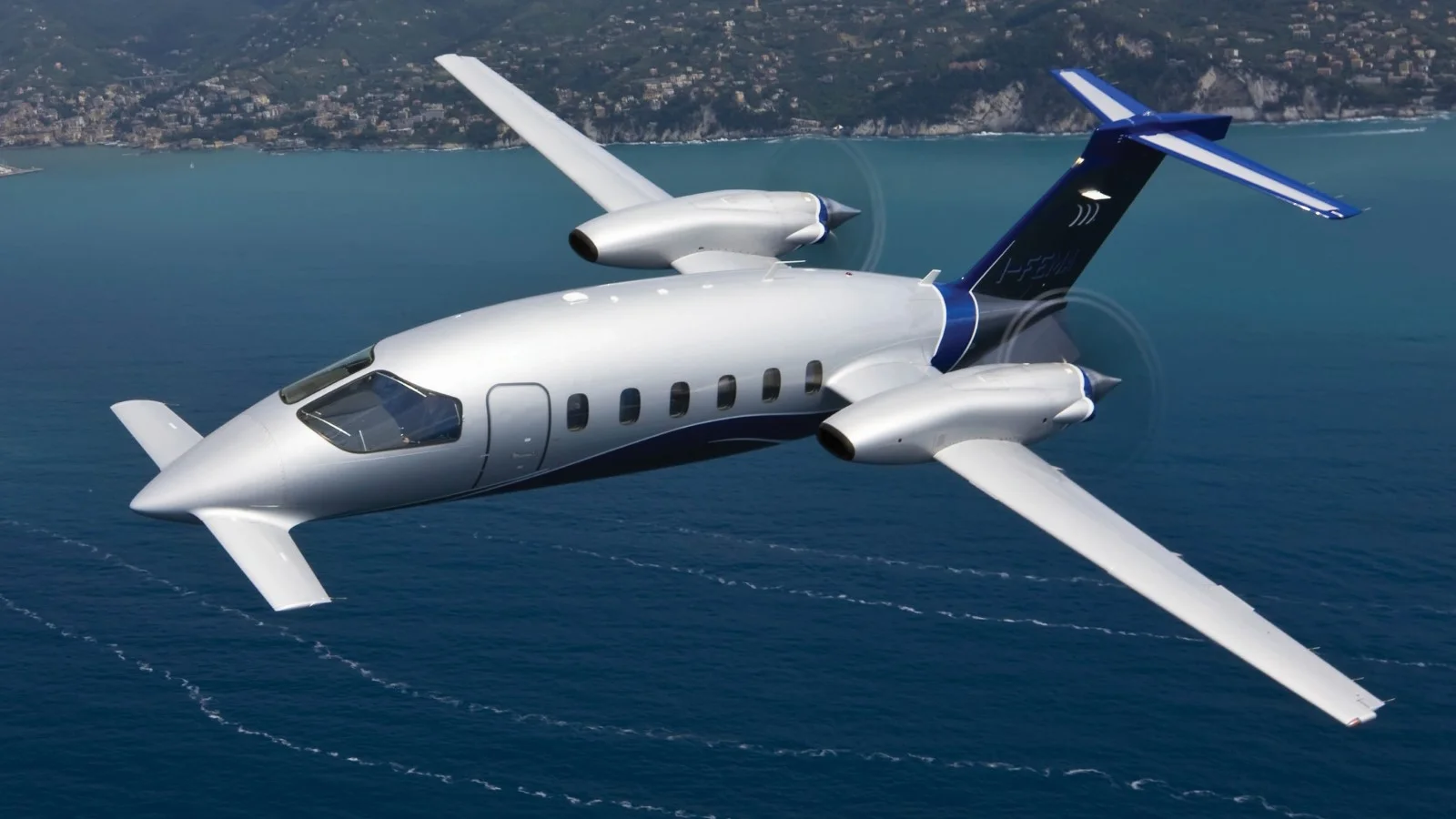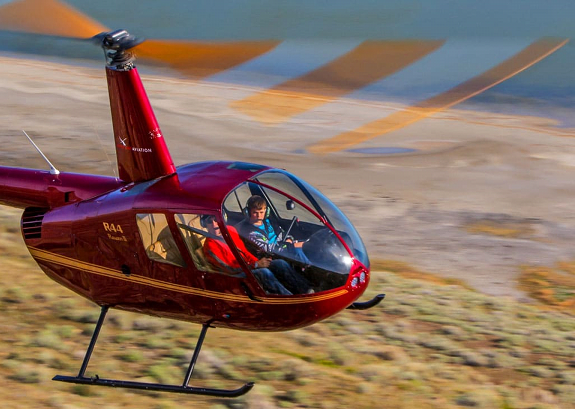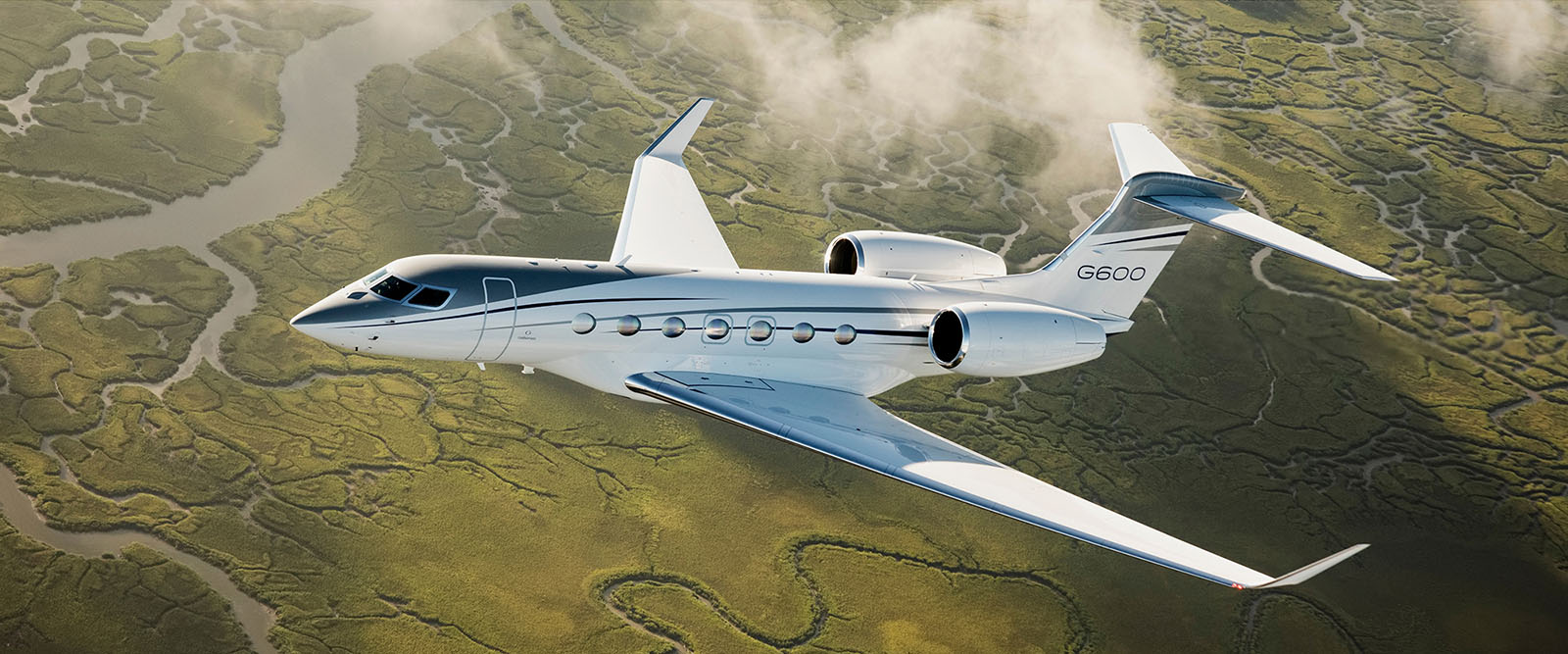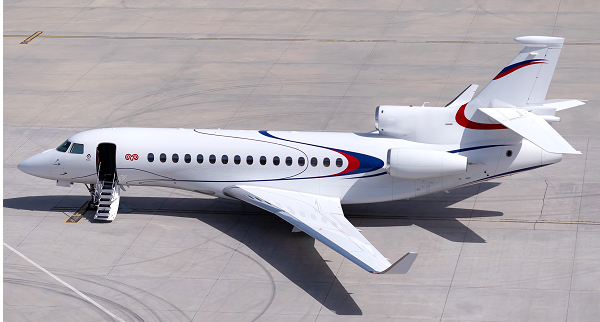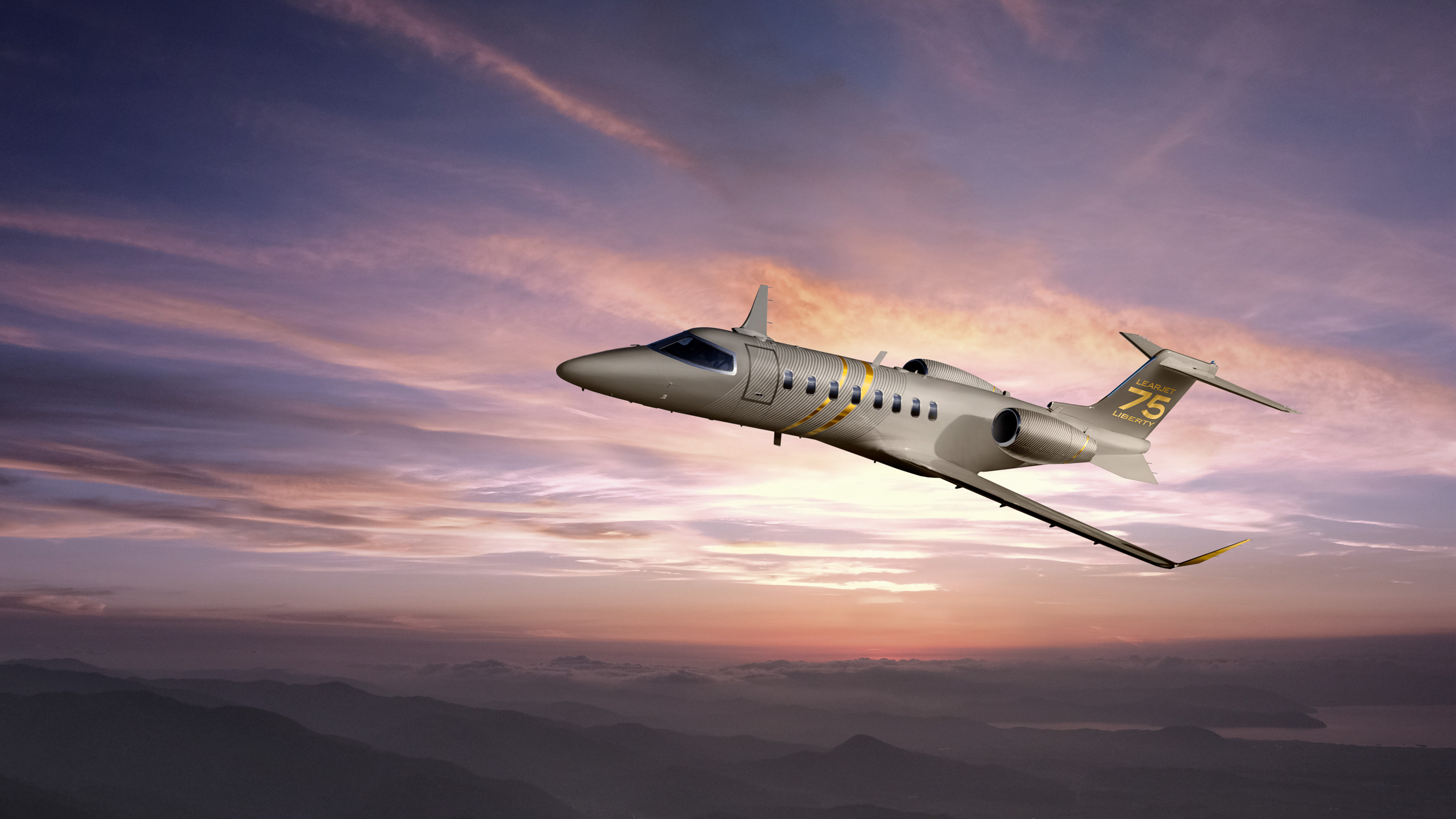Why the Gulfstream V Is Still the Jet to Beat After Over 25 Years
7 min read

There are private jets and then there’s the Gulfstream V. When it first rolled out in the late 1990s, this wasn’t just another high-end corporate aircraft; it was the crown jewel of business aviation, a jet capable of linking continents with one seamless flight.
If you were a Fortune 500 CEO, a world leader, or part of a government’s special operations transport unit, chances are you either flew in one or wished you could. And with its speed, range, and comfort, the GV wasn’t just competing in the ultra-long-range market; it was defining it.
In this review, we’ll take a closer look at what made the Gulfstream V such a game-changer, exploring its history, performance, cabin comfort, technology, operating costs, and how it stacks up against the competition before weighing its pros and cons to see if it still holds its place in the ultra-long-range spotlight today.
History and Development

The Gulfstream V’s story starts in the early 1990s, when Gulfstream faced a clear challenge: Bombardier was developing the Global Express, a jet with the kind of range that could erase fuel stops on intercontinental missions. Gulfstream’s engineers knew they had to respond and not just with a competitive product, but with something that would become the gold standard.
Work began in earnest, building on the proven Gulfstream IV platform but stretching and strengthening it for longer wings, more powerful engines, and larger fuel tanks. The maiden flight happened on November 28, 1995, a crisp Georgia morning, where the prototype performed flawlessly. Certification came in April 1997, and by June, the first deliveries were underway.
During its production run, which lasted until around 2002–2003, roughly 192–193 units rolled out of Savannah. And while the GV was aimed squarely at high-net-worth and corporate customers, it quickly found fans in other arenas. NASA purchased several for high-altitude research flights. The U.S. military adopted them under the designation C-37A, using them to move VIPs worldwide. Even celebrity owners got in on the act - Oprah Winfrey and Mark Cuban are just two high-profile names linked to Gulfstreams over the years.
Performance Details
The GV’s party trick is its range: a full 6,500 nautical miles (12,000 km). That means routes like New York to Tokyo, Los Angeles to London, or Hong Kong to San Francisco, all without stopping for fuel. For business travelers, that’s not just convenience; it’s productivity and comfort rolled into one.
Its cruising speed tops out at Mach 0.885, which works out to around 940 km/h. For perspective, that’s just shy of the speed limit for most long-range business jets even today. It can climb to a ceiling of 51,000 feet, well above airline traffic and most weather systems, giving passengers a smooth, fast ride.
The numbers are impressive in the runway department, too: a takeoff run of roughly 5,910 feet and a landing distance of just 2,770 feet. That gives it access to smaller airports and reduces the need to always route through big hubs.
Under the hood, or more accurately, under the tail, you'll find two Rolls-Royce BR700-710A1-10 turbofans, each producing around 14,750 pounds of thrust. The FADEC system keeps the engines efficient and reliable, while also easing the pilot's workload. The result is a jet that's powerful enough to handle "hot and high" airports like Aspen or Johannesburg without breaking a sweat.
Cabin
If the GV's exterior is all about performance, the interior is about refinement. The cabin usually seats around 14 passengers, though high-density layouts can stretch to 18. The three-zone layout is a hallmark; you can have a lounge up front, a conference/dining area in the middle, and a quiet, private space at the back for sleeping or resting.

The galley is no afterthought. We're talking ovens, microwaves, refrigeration, and storage for everything from espresso to multi-course meals. Lavatories are spacious, and in-flight baggage access means you don't have to plan every wardrobe choice before boarding.
Those signature oval windows, larger than you'll find on most airliners, flood the cabin with light. Quiet cabin acoustics make conversation easy without shouting. Entertainment options included satellite TV, fold-out tables, and, in some later refurbishments, full Wi-Fi and streaming setups. And while the décor in original models might feel late-90s in style, modern refurbishments bring GVs up to near-new standards.
One often-overlooked comfort factor is that the GV's cabin is fully stand-up height, even for taller passengers. Long-haul flights are tiring enough; being able to move around without crouching makes a real difference.
Tech and Avionics
From a pilot’s perspective, the GV was a significant jump forward. The Honeywell SPX-8500 digital avionics suite anchors the cockpit, with a six-screen EFIS layout that presents navigation, systems, and performance data cleanly. Options like the Head-Up Display (HUD) and Enhanced Vision System (EVS) made it possible to land in fog, darkness, or other low-visibility conditions with greater safety.

The GV also came equipped with advanced weather radar, GPS flight management, and a robust autopilot; all designed for efficient, high-altitude, long-range flight. Over the years, many operators have upgraded their GVs with modern avionics packages to keep them compliant with the latest navigation and safety mandates.
It’s worth noting that this was also a jet built for dual-use appeal. The same systems that corporate operators loved were adaptable for military VIP transport, and many C-37As are still in service today.
Operating Costs
When it first hit the market in 1998, a Gulfstream V commanded about $36 million. In the 1990s, that was the kind of price tag only big corporations, governments, or ultra-wealthy individuals could justify.
By 2018–2019, pre-owned examples were available in the $10–13 million range, with “project” aircraft dipping below $6 million. Today, you’ll find most GVs listed between $6.95 million and $12.9 million, depending on maintenance history, upgrades, and total hours.
One big-ticket consideration is the BR710 engine overhaul. These come due around every 8,000 hours and run about $1 million per engine. Hourly maintenance costs on an engine program are around $440 per side. And while fuel burn is higher than modern equivalents, it’s not outrageous for its class; think 500–550 gallons per hour.
Competition
When the GV entered the market in the late ’90s, it was stepping into an ultra-long-range category that was suddenly heating up. The Bombardier Global Express had arrived with a similar 6,500-nautical-mile range, putting it squarely in Gulfstream’s sights.
The Global Express was praised for its slightly lower cabin altitude at high cruise, which helped reduce passenger fatigue on those marathon flights. Its cabin design was also fresh and modern, appealing to operators who wanted something that felt cutting-edge.
On the other side of the spectrum, Dassault’s Falcon 900EX, and later, the trijet Falcon 8X, took a different approach. Dassault didn’t try to beat Gulfstream outright on raw cabin size or maximum speed, but instead focused on runway performance and efficiency.
The Falcon 8X, for example, can use much shorter runways than the GV, opening up airports that would be off-limits to most large-cabin jets. It also delivered excellent fuel economy for its class, which meant lower operating costs over the long haul. The trade-off was a smaller cabin footprint and, in some cases, slightly less range than the Gulfstream.
What kept the GV in a strong position, and still does for some buyers, was the way it balanced performance and comfort. It had the legs to fly intercontinental non-stop, the speed to keep those trips as short as possible, and a cabin big enough to make the journey genuinely comfortable.
Beyond the specs, Gulfstream’s reputation for after-sales support and its global service network made it a safe bet for operators who couldn’t afford downtime. When you’re halfway around the world and something needs attention, knowing Gulfstream has you covered is a big deal.
Pros
- Leading range and speed for its era (6,500 nmi, Mach 0.885)
- Spacious, quiet cabin with flexible layouts and large oval windows
- Durable, efficient Rolls-Royce BR710 engines with FADEC
- Strong pre-owned market value compared to newer ultra-long-range jets
Cons
- Avionics and cabin tech are dated unless upgraded
- Expensive engine overhauls (~$1 million each)
- Higher fuel burn than the latest models
- Cabin altitude control is less refined than newer Gulfstreams or Globals
Final Verdict
The Gulfstream V wasn’t just a business jet; it was a statement. When it debuted, it instantly redefined what was possible in private aviation, and it remains a highly capable performer more than 20 years later.
For buyers today, it’s a compelling package: you get true intercontinental range, high cruise speeds, and a cabin that’s still competitive in comfort and space, all at a fraction of the price of a brand-new G600 or Global 7500. Yes, you’ll need to budget for higher operating costs and occasional big-ticket maintenance, but that’s true of any jet in this class.
The GV is one of those rare aircraft that manages to age gracefully. It’s not a museum piece; it’s still out there doing what it was built to do: crossing oceans in style, speed, and comfort. And for those who know what they’re looking for, that’s exactly why it still commands respect.
